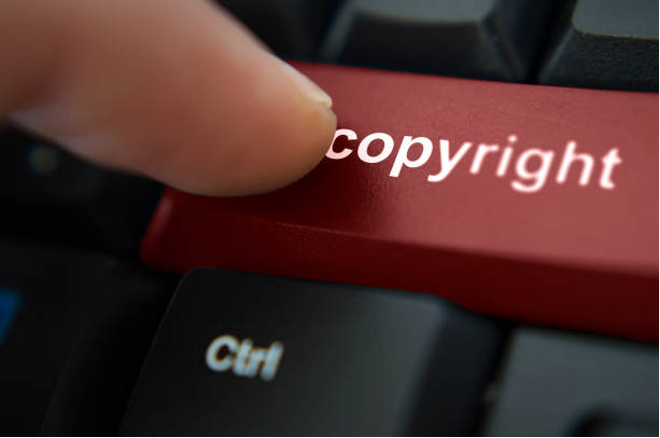Recent blog posts
Blog topics
-
Library ambassadors (80)
-
library week (2)
-
Omni (6)
-
Reno (13)
-
renovation (5)
-
staff (1)
-
Subscriptions ending (29)
Blog posts by audience
Blog posts archive
Part of living in the digital era is understanding the diverse ways to access digital media and content. Copyright is relevant to digital media in that it deals with protecting owners of creative works. It is the rights the individual has over their original piece of work, ranging from literary works to artistic works, dramatic works and musical works. In Canada, the moment you have created an original work, you are automatically protected by copyright.
 So, you might wonder, how long is the duration of the copyright? In Canada, copyright exists during your lifetime plus 50 years. After that, work will be in the public domain but there are exceptions.
So, you might wonder, how long is the duration of the copyright? In Canada, copyright exists during your lifetime plus 50 years. After that, work will be in the public domain but there are exceptions.
What happens when you use someone else’s original or copyrighted work, without the permission of the owner? That is copyright infringement. For university students, the most common example of copyright infringement is plagiarism.
Here are some tips on how to avoid copyright infringement:
- Do not use it if it is not your original work
- Learn more about copyright laws and what they protect
- Generally, avoid works that are found on the internet
An important exception to copyright infringement relevant to academia is fair dealing. In comparison to copyright where it is the owner’s rights, fair dealing covers the user’s rights. There are guidelines with fair dealing that must be followed. This poster provides a detailed overview of Canada’s Fair Dealing guidelines (PDF).
Knowing about copyright-free content will be beneficial throughout your studies. There are many ways to access free content:
Through open access, published works have less restrictive copyright barriers and are freely available online to all. There is a push to increase open access to research and publications, including requiring that some publicly-funded research, particularly that which is funded by the Tri-agencies, is made publicly available through open access within 12 months of publication.
Creative Commons is an excellent tool that provides licenses to help creators retain their copyright while allowing it to be freely used under certain circumstances, including crediting the creator, not making a profit from it and not changing the content. There are open access journals under Creative Commons license that provide access to scientific and scholarly research. With a Creative Commons license, the author retains copyright and the public can use the works.
Using public domain content is one of the other ways to obtain free content. With public domain content, there are no restrictions on how to use the content. However, a downside to using public domain content is that it is work published prior to 1923 and it is not always easy to tell whether something is in the public domain.
Accessing different types of media is an important theme of this year’s Media Literacy Week. Media literacy plays a big part in our society and we need to be well educated in using and engaging with different forms of media. To learn more about Media Literacy Week, visit mediasmarts.ca/media-literacy-week.




